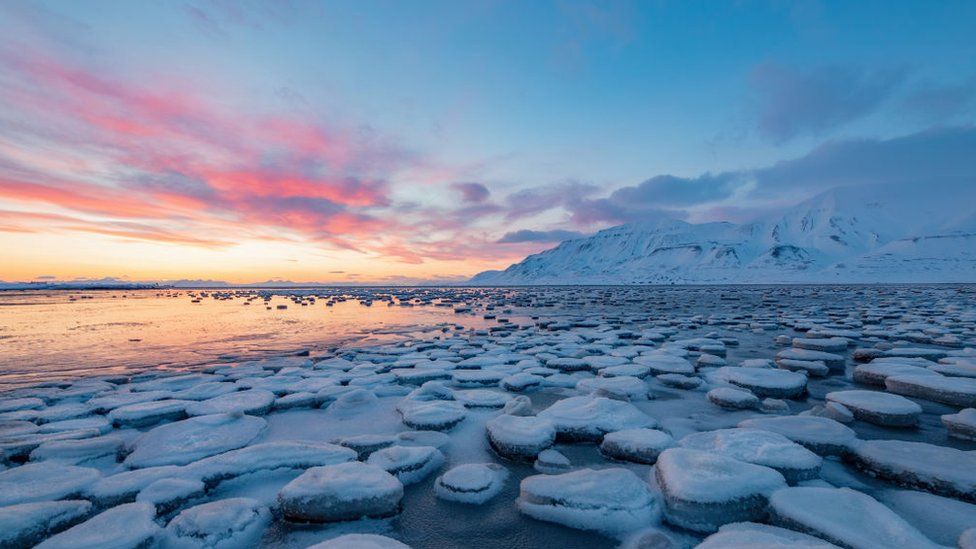Hints of a mirror cosmos have a way of gripping the imagination, and recent chatter about “first proof” of a parallel universe has pushed that fascination back into the spotlight. Behind the viral headlines, though, the real story is less about a discovered twin reality and more about how modern physics, old philosophical ideas, and internet culture collide when scientists interpret strange data.
As I trace the claims and the corrections, what emerges is not a clean confirmation of another universe but a revealing snapshot of how bold theories are tested, misread and sometimes wildly oversold long before the math or the measurements are settled.
How a speculative idea turned into “first proof” hype
The notion that our cosmos might be just one of many has deep roots, long predating the latest social media storm about a supposed parallel universe. Long before particle detectors and space telescopes, thinkers were already toying with the possibility of multiple worlds, and that history matters when I weigh modern claims of “first proof” because it shows how persistent and slippery the idea has always been. When a new experiment is framed as finally validating that vision, I see it as the latest chapter in a story that began centuries ago rather than a sudden scientific revolution.








 Bruno Kelly REUTERS
Bruno Kelly REUTERS

